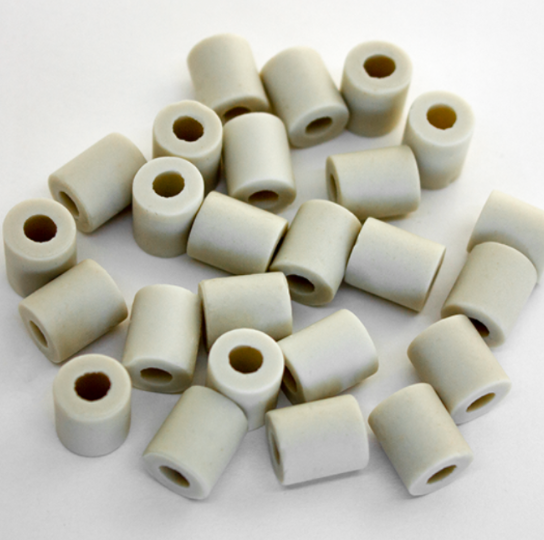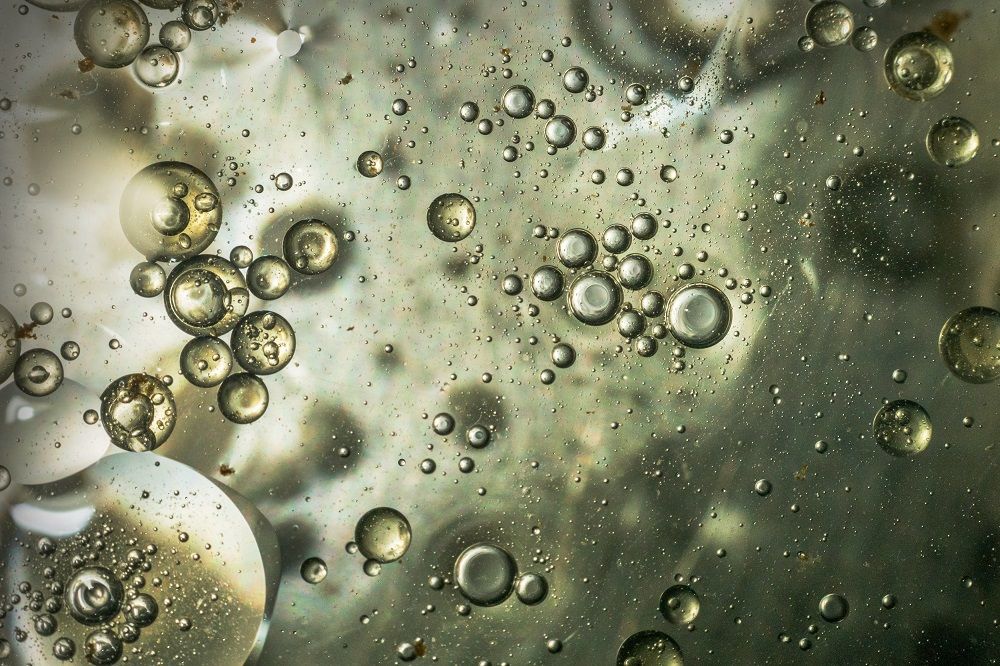Ceramic beads are still not really well known. To find out what these little beads are used for, please visit our blog on why use ceramic beads to purify your water.
Some retailers are prepared to sell you false information to encourage you to buy.
You can read anything and everything on a huge number of organic, zero-waste and other influencers' websites, they will tell you :

EM ceramic beads, thanks to Effective Microorganisms ("EM"), purify water
Ceramic beads break up water clusters
Ceramic beads spread positive waves that heal the body
It's all nonsenses, it is completely unclear and sometimes close to mystical! We will help you to think and understand, with concrete and scientific information, how these ceramic beads work.
CONTENTS
Ceramic beads in water: don't believe everything you hear!
Why you shouldn't believe everything you hear about ceramic beads and water
Ceramic beads in water: let's talk science!
When the surface of the beads is completely saturated, what do you do with the ceramic tubes?
To conclude...
1. Ceramic beads in water: don't believe everything you hear!
Positive active micro-organisms (the so-called "effective micro-organisms"), which may exist in nature up to a level of 5%, are said to regenerate living organisms.
On the other hand, negative active micro-organisms (also 5%) are said to be responsible for all negative processes in nature, such as rotting or moulding.
In the middle, 90% of the micro-organisms would be neutral or undecided, which would reinforce the effect of the majority micro-organisms.
One can also read on organic websites that ceramic beads would contain mostly effective micro-organisms (of course...), and that they would transmit their effects to the neutral micro-organisms in the water (which ones??) and would progressively neutralise all pathogenic elements in the water ("pathogenic", but which ones??).
This neutralisation would explain why the pearls do not store the polluting elements...
Finally, we can also read that these beads "energise the water", "break up water clusters" or "emit infrared radiation that is very beneficial to the body".
We cannot repeat here all the more fanciful explanations.
One can only ironically praise the impressive marketing work done for years by the company that invented this concept of effective micro-organisms.
2. Why you shouldn't believe everything you hear about ceramic beads and water

It is important to ask yourself questions and to know what you are buying and why you are buying it. This is the philosophy of KissPlanet: we want to inform you in a clear, complete and simple way, not to tell you nonsense...
For example, there is no scientific evidence that these water clusters exist. It is however a fact that these ceramic beads no longer contain these micro-organisms.
It is obvious that when ceramics are fired at nearly 1000°C, any yeast and bacteria are totally consumed, and it is ridiculous to believe that the DNA of these organisms is still present in the beads and that it transmits positive effects to the ceramic...
3. Ceramic beads in water: let's talk science!
The water we drink is never pure, even bottled spring water. Why else does it taste so different?
If you want to be sure, read the composition (mineral content) on the label.
Tap water from pumping stations or water treatment plants contains various chemicals (chlorine, fluoride derivatives, traces of phosphates, heavy metals).
These concentrations are low enough for the water to be drinkable of course. However, our senses of taste and smell are sensitive to them and we detect them.
In water, these products and the surface of the ceramic beads are electrically charged and behave like magnets: They are attracted to each other. In other words, the ceramic "attracts and captures" those molecules that we want to remove. This is a simplified view of course, but overall this is how it works.
Scientists call this phenomenon "adsorption" (with a "d", not a "b"). It is therefore not a mechanical filtration but a phenomenon of capture by electrostatic attraction.
The larger the surface area of the purifying product, the more it can capture the ions you want to remove.
It's like the number of seats in a bus: the more seats there are, the more passengers you can fit. The ceramic material that makes up the tubes is a porous material, which means that it contains an astronomical number of small bubbles or crevices.
In practice this means that its surface area in contact with water is enormous, much larger than its size or weight would suggest. This is why a few tubes can "purify" a large quantity of water.
Vous aurez compris que la quantité d’eau qu’un tube peut assainir dépend de la concentration de l’eau en ces constituants indésirables. La capacité de purification de ces tubes dépend donc de la qualité de l’eau dans laquelle vous les mettez.
4. When the surface of the beads is completely saturarted, what do you do with the ceramic tubes?
This is an excellent question. There are several ways to make these tubes effective:
Let them dry and brush them: some of the captured ions evaporate or are removed by simple rubbing.
Washing with vinegar: other particles will be removed when washing with a simple product like vinegar.
By heating them again: in boiling water (to be discarded afterwards...) or for a few dozen minutes in the oven at 200°C (let them cool slowly, without burning yourself!).
How often? For use in running water, after a few weeks, 6 months at the latest.
Coloured spots on the surface are good indicators that it is time to give them a facelift.
It is important to note that some captured ions simply cannot be removed with the domestic processes described above.
The tubes therefore have a limited lifespan. It will depend on your use. But you can still enjoy them for many months or even years.
To conclude...
Now that the truth is told, you can buy your water filter with peace of mind, choosing it with knowledge of how it works without being tricked by marketing.
If you want more information start with these blogs:

Loulou the Kangaroo
I tell you everything about everything.




.jpg?access_token=a6450ac6-8330-40ff-b2a8-4da496c6b10a)